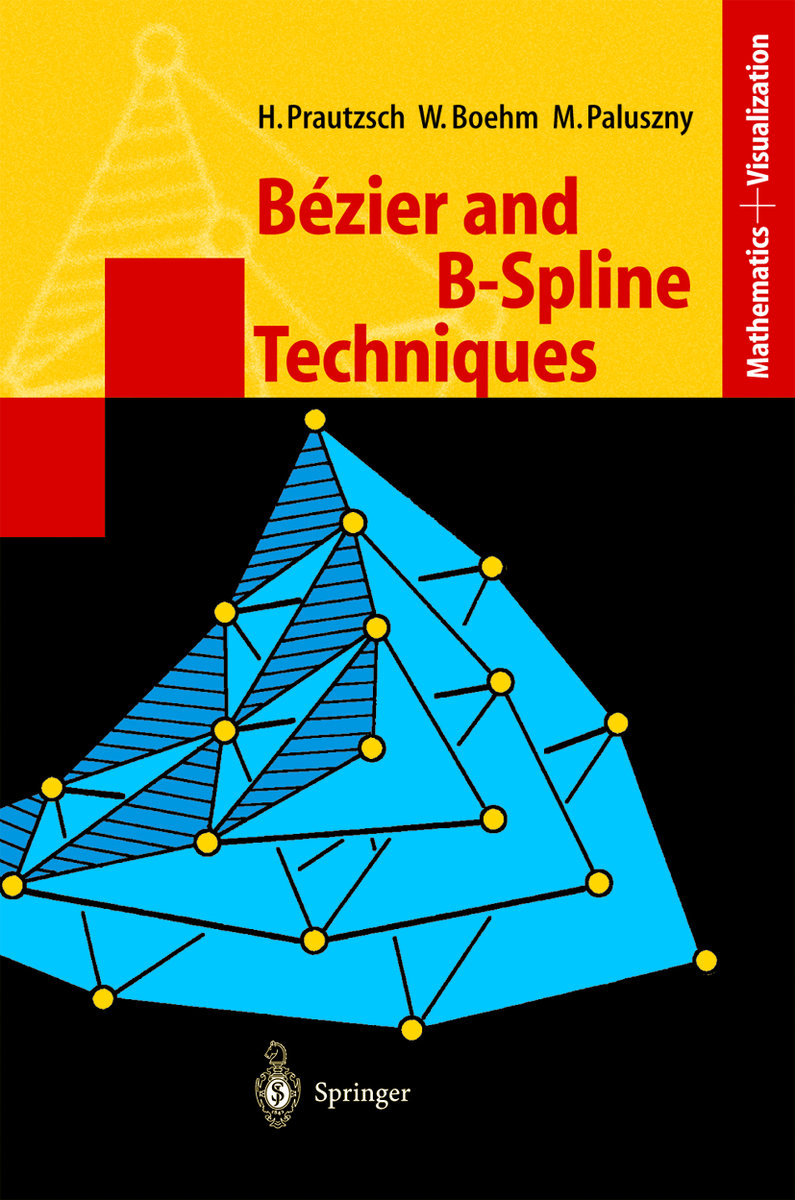Computer-aided modeling techniques have been developed since the advent of NC milling machines in the late 40's. Since the early 60's Bezier and B spline representations evolved as the major tool to handle curves and surfaces. These representations are geometrically intuitive and meaningful and they lead to constructive numerically robust algorithms. It is the purpose of this book to provide a solid and unified derivation of the various properties of Bezier and B-spline representations and to show the beauty of the underlying rich mathematical structure. The book focuses on the core concepts of Computer-aided Geometric Design (CAGD) with the intent to provide a clear and illustrative presentation of the basic principles as well as a treatment of advanced material, including multivariate splines, some subdivision techniques and constructions of arbitrarily smooth free-form surfaces. In order to keep the book focused, many further CAGD methods are ex cluded. In particular, rational Bezier and B-spline techniques are not ad dressed since a rigorous treatment within the appropriate context of projec tive geometry would have been beyond the scope of this book.



